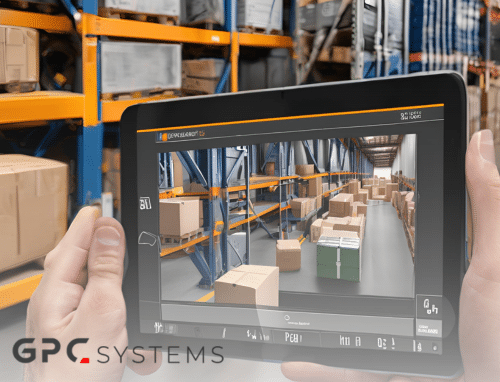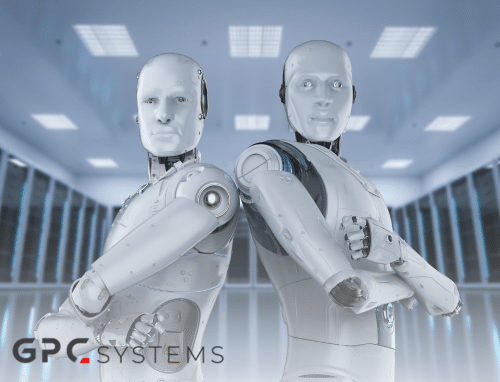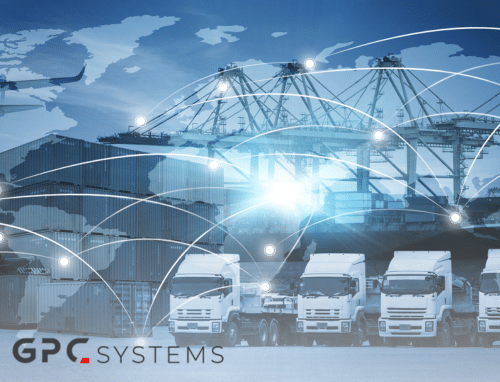
The Future of Warehouse Work: Will Human Robots Replace Humans?
Introduction: Human Robots in Warehouses
The world of warehouse work and logistics is rapidly evolving with advancements in technology, particularly in the realm of human robotics and artificial intelligence (AI). The use of human robots in warehouses has the potential to revolutionise the way goods are stored, picked, and shipped. With the increasing focus on efficiency and cost-effectiveness in the industry, many are wondering: will human robots replace human workers in warehouses? This blog explores the future of warehouse work and the role that human robots may play in reshaping the industry.
The Benefits of Incorporating Human Robots in Warehouse Work
As we delve deeper into the discussion on the future of warehouse work, it’s essential to consider the significant benefits that human robots can bring to the industry. By integrating human robots and AI technologies into warehouse operations, companies can achieve higher levels of efficiency, accuracy, and productivity. Automation can also help in minimising errors, reducing operational costs, and enhancing overall safety measures in warehouse environments. Additionally, human robots can handle repetitive tasks, allowing human workers to focus on more complex and strategic responsibilities. In the following sections, we will further explore the advantages and challenges of incorporating human robots in warehouse work.
How Human-Robot Collaboration is Shaping the Future of the Industry
The synergy between humans and robots in warehouse work is revolutionising the industry’s landscape. Collaborative robots, or cobots, are designed to work alongside human workers, complementing their skills and capabilities. This partnership optimises efficiency and productivity, as each can focus on tasks that align with their strengths. Moreover, human-robot collaboration enhances flexibility in adapting to changing demands and streamlines workflow processes. By harnessing the unique strengths of both humans and robots, companies can achieve a harmonious balance that propels warehouse operations to new heights. In the upcoming sections, we will delve deeper into the strategies and best practices for successful human-robot collaboration in warehouse settings.
Amazon’s Integration of Human Robots in Warehouse Operations
Amazon, a global leader in e-commerce and logistics, has been at the forefront of incorporating human robots into its warehouse operations. The company has deployed a variety of robots to assist with tasks such as sorting, picking, and transporting goods within their massive fulfillment centres. These human robots work alongside Amazon employees, enhancing efficiency and reducing the physical strain on workers by handling repetitive and labour-intensive tasks. This integration has not only boosted productivity but also allowed Amazon to meet the increasing demands of their customers more effectively. By leveraging the capabilities of human robots, Amazon is setting a precedent for the future of warehouse operations, demonstrating how technology can complement human labour to create a more efficient and scalable logistics network.
Addressing Concerns About Job Displacement and Unemployment Due to Human Robots
As advancements in automation continue to reshape warehouse operations, concerns about job displacement and unemployment naturally arise. However, it’s crucial to remember that human-robot collaboration isn’t about replacing human workers but rather enhancing their capabilities. By embracing this technology, employees can focus on more strategic, creative, and higher-value tasks while leaving repetitive and strenuous tasks to robots. Additionally, companies can retrain and upskill their workforce to adapt to these changes, ensuring job security and advancement opportunities. It’s essential to approach this transformation thoughtfully and considerately to foster a workforce that thrives in the evolving landscape of warehouse work. Stay tuned as we explore strategies for driving successful human-robot collaboration in warehouses.
Training and Upskilling Opportunities for Warehouse Employees in the Age of Human Robots
Training and upskilling opportunities for warehouse employees are crucial in preparing them for the future of work in an increasingly automated environment. By investing in continuous learning programmes, companies can empower their workforce to adapt to new technologies and acquire the skills needed to thrive in a human-robot collaboration setting. Training initiatives should focus on areas such as programming, data analysis, and problem-solving to equip employees with the expertise required to effectively interact with automated systems. Providing these opportunities not only enhances employee job satisfaction but also ensures a well-equipped workforce capable of embracing the evolving landscape of warehouse work. Stay tuned for insights on designing effective training programmes for successful human-robot collaboration.
Finding the Right Balance Between Technology and Human Touch in Warehouse Operations
In the evolving landscape of warehouse operations, striking a harmonious balance between technology and the human touch is paramount. While technology enhances efficiency, human input remains invaluable for nuanced tasks that require critical thinking and adaptability. Incorporating advanced automation must not overshadow the importance of human judgement and problem-solving skills. Cultivating a work environment that values both the precision of human robots and the creativity of human workers is essential for optimising warehouse effectiveness. Join us as we delve into strategies for integrating technology while preserving the irreplaceable human element in warehouse operations. Stay tuned for practical insights on achieving synergy between machines and human expertise.
Conclusion: Embracing Human Robots for a More Efficient and Productive Future
At GPC as we navigate the changing landscape of warehouse operations, it is evident that the future lies in embracing the synergy between technology and human skills. Automation undoubtedly improves efficiency, but human judgement and adaptability remain irreplaceable. By fostering a work environment that values both robotic precision and human ingenuity, warehouses can thrive in this new era. It is crucial to invest in upskilling employees to leverage the full potential of automation while preserving the unique qualities that humans bring to the table. The future of warehouse work is promising, as long as we embrace change and foster collaboration between humans and robots for a more efficient and productive future. Stay tuned for more insights on optimising warehouse operations in our upcoming articles.




